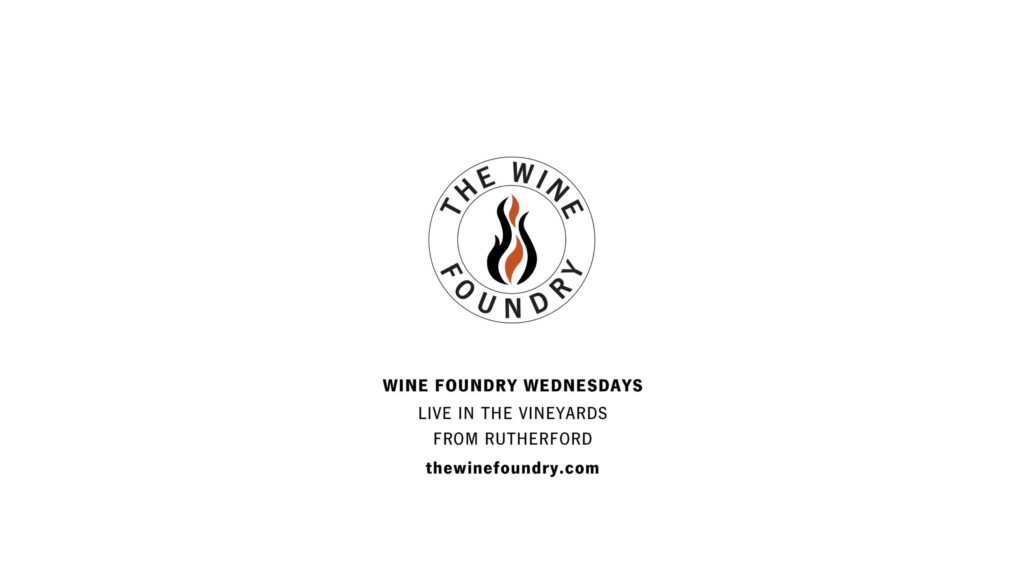Cutting Matters
Grapes may steal the show in the fall, but underneath the bark lays the vine’s secret to creating magic.
Preparing grapevines for a winter’s slumber is a journey. According to Patrick Saboe, you can almost hear the vines “sigh relief” once their grapes have been picked. “The vines have been so focused on ripening fruit, once harvest is over, they finally can transfer that energy into the next task.”
From farmers to winemakers, the industry always has something to watch, fix, taste, plant or trim. This time of year across Napa Valley all chatter revolves around pruning. “Techniques, timing, family traditions, and trends; there’s a lot to learn and explore,” Stuart Ake states.
“Techniques, timing, family traditions, and trends.”
If interested in gardening, trimming grape vines isn’t much different than roses. The goals, as Eric Hansen explained, are simple – foliage maintenance (for ease of picking and energy distribution), cutting position & timing (to avoid mold, freezing of new growth, and optimal fruit output), lastly, training the vines to keep uniformity in the vineyard. From experience, pruning is easier said than done.
One of the most spectacular phenomenons of the grapevine is ‘root-flush’.
Like winemaking, grapevine pruning is part science and part art: doing it right determines the size of the harvest and quality of the wine. Last years canes, which are now surrounded by a layer of wood, are removed to facilitate new growth. The work is laborious and expensive. Similarly, any job involving sharp objects; hair stylists, chefs, Edward Scissorhands, the rule remains, ‘keep your tools sharp and your mind quicker than the cut.”
“Poor pruning practices on the the other hand, that’s a cause for fungus among us.”
One of the most spectacular phenomenons of the grapevine is ‘root-flush’. This is the first stage of the vine preparing for winter. Tiny root hairs spur out, like the spindly tentacles on a newly picked carrot. The purpose is photosynthesis – think ‘carb loading’ before a run. Interestingly, it’s not only just for nutrient supply, the sugar also helps prevent freezing. The sugar makes the internal freezing point of the vine resist temperatures as low as 12 degrees fahrenheit – sealing it from the inside-out. (The same excuse I just made for eating that cookie
Eric explained vines hardly die from freezing temperatures – “poor pruning practices on the the other hand, that’s a cause for fungus among us.”
The extensive pruning conversations around the Valley highlight it is truly one of the most crucial parts of farming grapes. According to Jeremy Weiss, “pruning sets the stage for the entire growing season. When you homogenized the farm, you make picking fruit as easy as possible, delivering consistent yields, ripening times and better margins.”
Yet again, Vitis Vinifera humbles us. A plant rooted in history, changing the way we consume wine today – think of this passage the next time you drive by a vineyard or talk to a farmer;
“Nurture your vine, keep a watchful eye, remember the blessing it brought last year. A well cared for vineyard will fill your life with prosperity.”
— Proverb / 300BC
Written by: Britt Ammon


